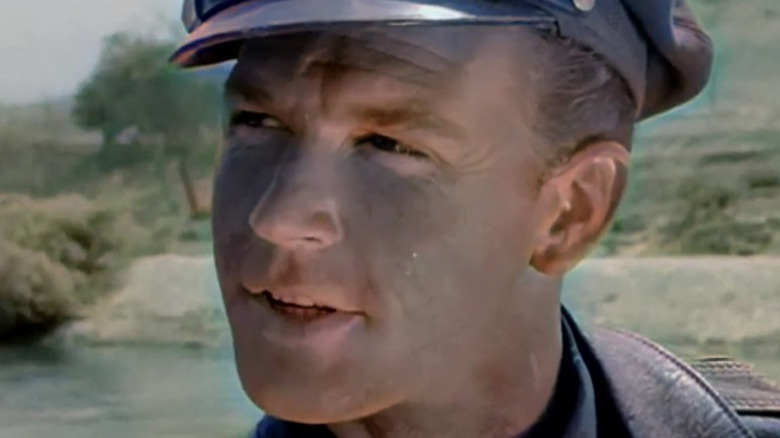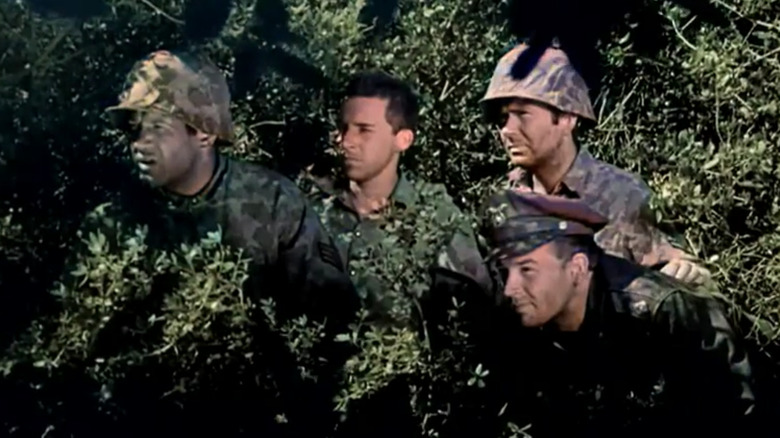Why Stanley Kubrick Tried To Burn His Debut Film
When it comes to legendary visionaries, the late great director Stanley Kubrick is in a class by himself. Simply put, the man was an artistic genius. He was never limited by genres or rules, like so many other filmmakers since. Kubrick was the creative force behind the 1980's "The Shining," arguably one of the best horror movies ever made — maybe one of the best movies ever made, period. Yes, it differs from Stephen King's novel (a sore spot for purist fans, including King himself), which is a masterpiece in its own right, but Kubrick's version (vision?) made all of the source material better as a film. You can watch "The Shining" 50 times and still uncover new unsettling layers — and it's well worth peeling at that onion.
Then there was the brilliant, classic sci-fi opus "2001: A Space Odyssey, and don't forget the dystopian "A Clockwork Orange" or the Vietnam War exploration "Full Metal Jacket." While "Dr. Strangelove" may still be shown in film schools, even Kubrick's less-regarded final film "Eyes Wide Shut" may eventually prove ahead of its time, like many of his other efforts. Kubrick's movies are so artfully crafted, so deep and thought-provoking, they feel like they belong in a museum.
You might expect such a talented mind to beam with pride over all the masterworks on his resume. But oddly enough, he never even wanted anyone to see his directorial debut.
Kubrick really hated Fear and Desire
Stanley Kubrick's first feature film was 1953's "Fear and Desire," a story about four soldiers facing enemies all around — and possibly from within. According to Far Out Magazine, actor Paul Mazursky claimed the director despised his work so much that he actively tried to burn the negative, calling it "a bumbling amateur film exercise." Who are we to question the master?
On the other hand, Kubrick had a well-earned reputation as a perfectionist. "The Shining" is listed in the Guinness World Records for supposedly having shot 148 takes of a single scene. He even took the original ending (that he had theaters remove after opening weekend) with him to the grave, as it has never re-surfaced. Yup, there was once a hospital scene after the push-in on the creepy photo from 1921 that ends the movie now.
Was "Fear and Desire" really that bad? While Kubrick successfully kept it out of circulation for a while, eventually, it became available years after his death. Restorations were made off bootleg copies, and now it's on YouTube, Blu-Ray and currently streams on Amazon Prime Video. Oh, how thrilled the director would be. So if you're ever curious and want to defy the wishes of a legend, have at it.
It's hard to look at Kubrick's body of work and not see genius somewhere (or everywhere). But whatever you think of the man and his movies, know this — he wanted to set his first one on fire.

